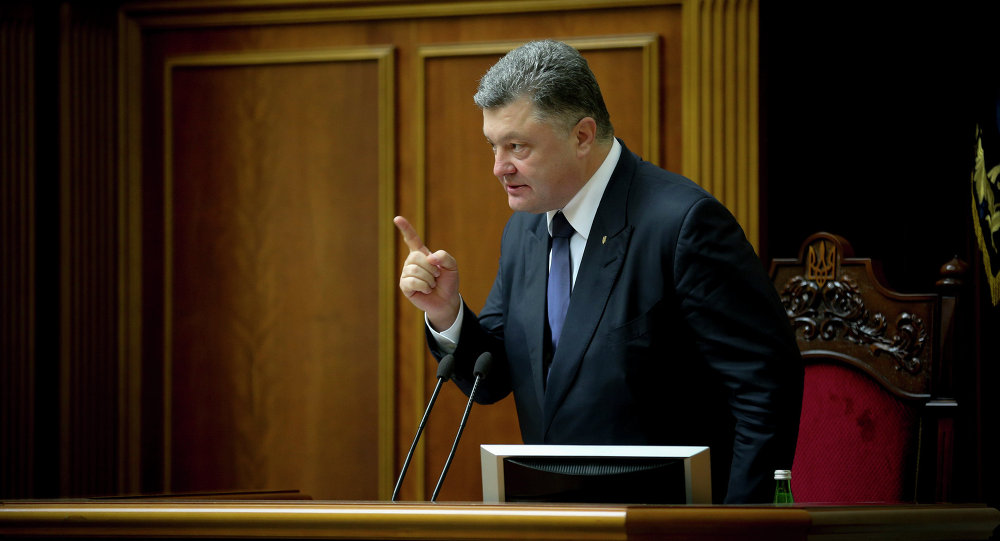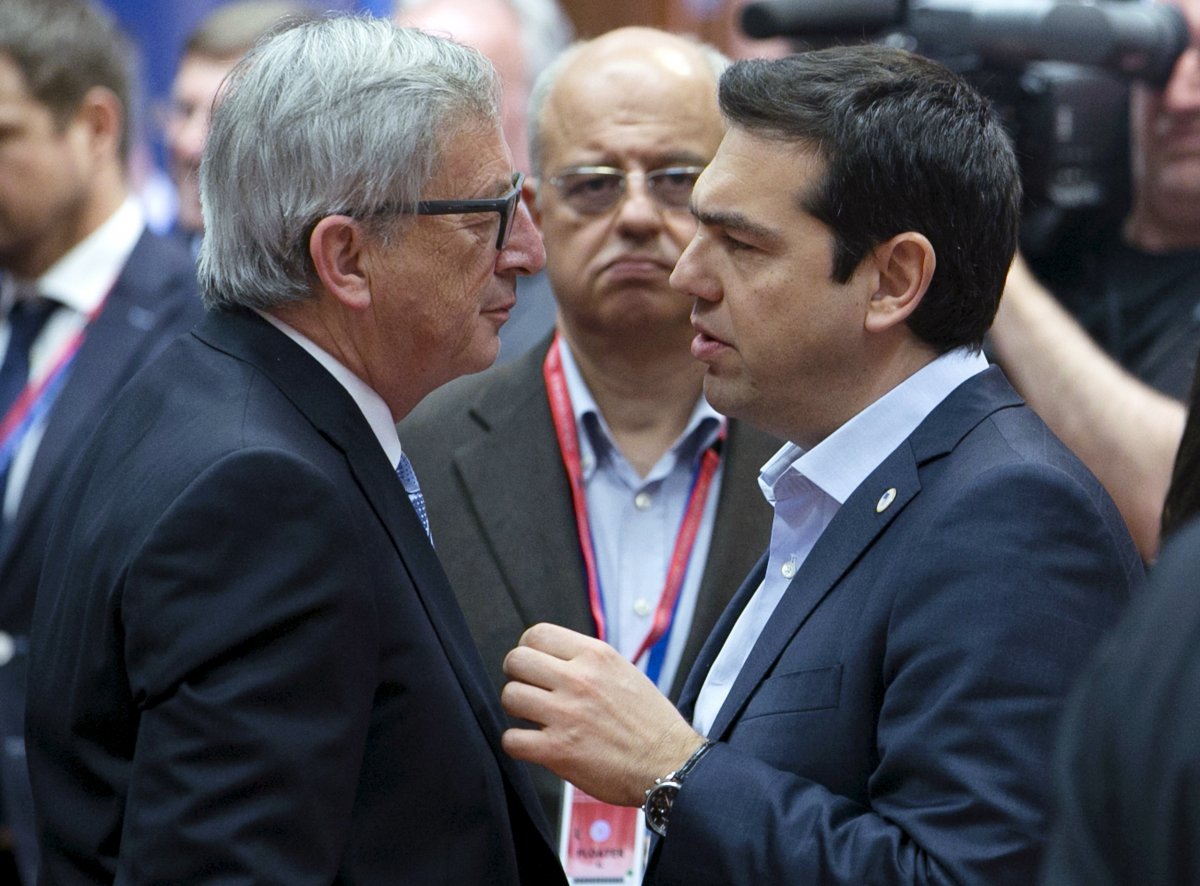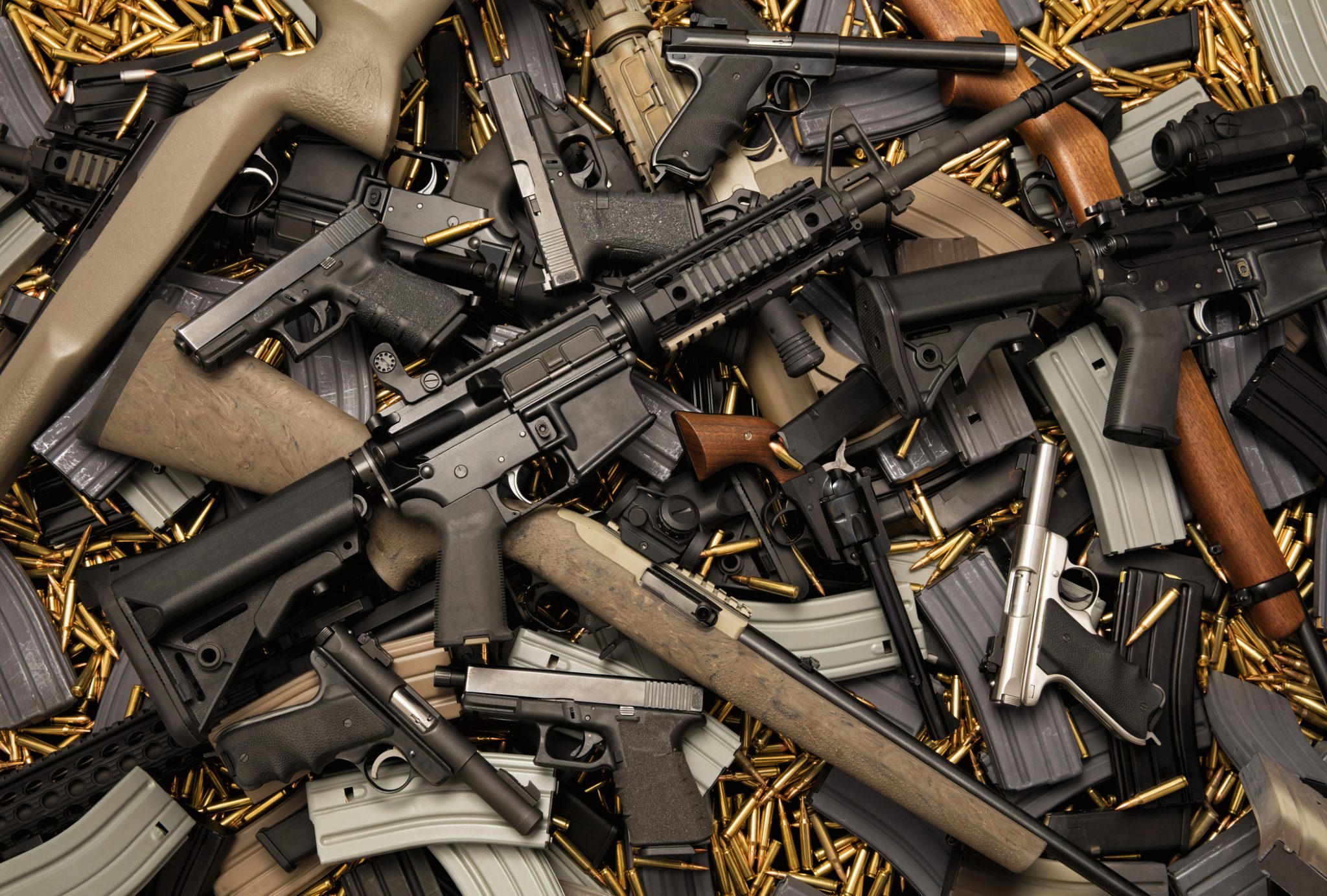
EU-Ukraine free trade agreement: a long and difficult implementation
The beginning of the 2016 will bring the entering into force of the Deep and Comprehensive Free Trade Agreement (DCFTA) between Ukraine and the European Union (EU). The DCFTA is part of the broader Association Agreement between Kiev and Brussels, whose negotiations were launched in February 2007. Ukraine’s WTO membership, occurred in May 2008, allowed the launch of negotiations on DCFTA, which were completed in 2011. However, for nearly two years, its signing process was stalled by the EU Member States, on grounds related to the respect of democratic standards by Kiev on one hand and the former Prime Minister Yulia Timoshenko’s imprisonment on other. Meanwhile, on October 18, 2011, Ukraine, together with Armenia, Belarus, Kazakhstan, Kyrgyzstan, Moldova, Russia and Tajikistan, had signed the Free Trade Agreement of the Commonwealth of Independent States (CIS-FT), which entered into force a year later.
In 2013, in preparation of the Vilnius Eastern Partnership Summit, the EU had given green light for the DCFTA’s and the Association Agreement’s ink, but in a U-turn of last moment, the then Ukrainian President, Viktor Yanukovych, announced the suspension of the two agreements’ signature. The Moscow’s pressure was the main rationale claimed by Yanukovych for the giving up of signing: “We have big difficulties with Moscow. I have been alone for three-and-a-half years in very unequal conditions with Russia”. Furthermore, the high costs of adapting the Ukrainian economy to the European standards and the inadequacy of EU’s financial assistance have been also mentioned as reasons for the refusal of signing. At the same time, Russia offered Ukraine, whose economic situation was significantly worsening, a desirable economic carrot. Hence, the Moscow’s aid package deal, comprising a significant cutting off of natural gas price and a $15 billion loan, had been an important incentive for Kiev to relinquish the agreements.
The Association Agreement and DCFTA–at the heart of the Kiev-Moscow tensions
Though the official rhetoric of the authorities emphasized that the suspension of the signing process was only “temporary”, the Ukrainian people viewed it as the abandonment of the country’s rapprochement to the EU. Consequently, a series of momentous events unfolded precipitately: massive anti-government demonstrations, change of power, the annexation of Crimea, the conflict in eastern Ukraine.
Finally, the Association Agreement was signed on June 27, 2014, but a month later, as a result of the tripartite discussions between Brussels, Kiev and Moscow, the EU and Ukraine announced that they had decided to postpone the DCFTA’s entering into force until December 31, 2015. Moscow had opposed to the DCFTA’s implementation, voicing that the trade liberalization between Ukraine and EU could harm its economic interests and it threatened with retaliation. Meanwhile, the Association Agreement followed the path of ratification, which was completed by all EU Member States by end of November 2015.
Though as much as 23 political and technical trilateral meetings between EU, Ukraine and Russia were held during July 2014 and December 2015, they have not succeeded in addressing Moscow’s concerns over the DCFTA. The trilateral talks were also supported by the leaders of France, Germany, Russia and Ukraine in the political declaration accompanying the Minsk Agreement. The postponing of DCFTA’s implementation has continuously been required by Moscow and one of its main claims had been that the cheap European products, illegally re-exported by Ukraine, could flow into Russia, triggering heavy damages for the indigenous producers. But this kind of exports could be stopped by strictly applying the Rules of Origin, contained both by the CIS-FT and DCFTA.
The tit for tat: from trade sanctions to judicial battle over a $3 billion loan
On December 22, 2014, the Russian Duma unanimously voted a bill on the suspension of the free trade zone with Ukraine beginning January 1, 2016. Earlier, Vladimir Putin had signed a decree suspending Russia’s implementation of the CIS-FT. At the same time, Moscow has announced the introduction of the food embargo against Kiev, starting from January 1, 2016 and is pondering the introduction of custom tariffs on import of other goods from Ukraine. Kiev has not waited too long for retaliation and has responded to the Russian food embargo with “mirror sanctions”, which will take effect on January 1. The bilateral trade between Ukraine and Russia has heavily dropped off from $ 50.6 billion in 2011 to $ 12.5 billion in the first 10 months of 2015. More, according to various estimations, the costs of the Russian food trade embargo would cause a drop in Ukrainian exports between $600-900 million, but in the case that Moscow would introduce custom tariffs on other goods, the exports drop might be even up to $ 2 billion. In this context, it is also worth mentioning that on December 16, 2015, the Ukrainian government decided “the supplying of goods, work, and services to Crimea and from Crimea” to be banned within 30 days. The possible aforementioned losses of export revenues would have, on short-term, a significant impact, given the current Ukraine’s economic context. For instance, the World Bank estimates that the Ukraine’s GDP would fall by 12 percent in 2015, whereas the recovery-which might be delayed by conflict’s escalation and slower reforms-, would result in growth of 1 percent in 2016.
Nonetheless, the tit for tat might continue beyond the trade sanctions, as on December 18, 2015, Ukraine declared a moratorium on the repayment of the $3 billion loaned by Russia in 2013, to the government of then President Yanukovych. Kiev has been arguing that the loan was not an intergovernmental one, as it came from the National Wealth Fund and not from the Russia’s state budget. However, the International Monetary Fund (IMF) concluded that the loan was indeed an intergovernmental one. In parallel, IMF decided to change the policy on non-toleration of arrears to official creditors to allow the bail out for Ukraine to continue, despite Kiev’s concrete default on the Moscow’s loan. But Russia is preparing to sue Ukraine in a London court to recover the $ 3 billion bond; the repayment deadline expired on December 20, 2015, but Moscow said that it would attend the end of the 10 day period during which the debt could be paid without penalties before taking Ukraine to the court.
Not only trade, but also geopolitics
The carrot of Moscow’s aid package deal was not aimed at only preventing Kiev from signing the agreements with the EU, but to determine Ukraine to join the Russian-led integration project of the Eurasian Customs Union, subsequently transformed into the Eurasian Economic Union (EEU). Though driven by economic rationale, the EEU is Moscow’s response to the geopolitical transformations which took place in its neighbourhood: the creation of the Eastern Partnership and, to a lesser extent, China’s influence in Central Asia. The establishment of the EEU has been considered a matter of utmost importance for the Russian foreign policy, as the “Concept of the Foreign Policy of the Russian Federation” (2013) shows it: “Russia sees as a priority the task of establishing the Eurasian Economic Union aiming not only to make the best use of mutually beneficial economic ties in the CIS space but also to become a model of association open to other states, a model that would determine the future of the Commonwealth states”.
Conclusion
By signing the Association Agreement-and the DCFTA-, Ukraine made primarily a geopolitical option, which is has been involving the rapprochement to EU on one hand but it triggered the impasse of its relations with Russia on other. The DCFTA’s implementation, would deepen Kiev’s rapprochement with EU, by progressive integration into the European common market, but would further accentuate its rift with Moscow. As it appears, not only the political impasse seems difficult and challenging to be disentangled, but also the economic one.



